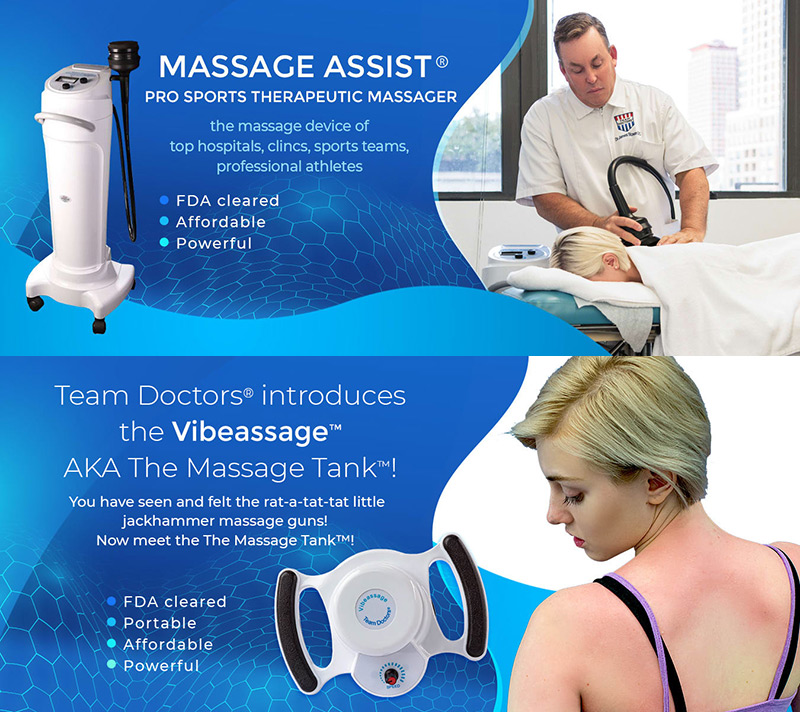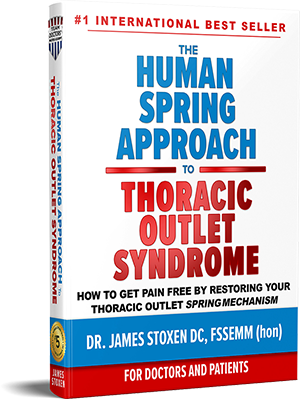One of the most common injuries or cause of injuries in runners that I see is Gluteus Medius weakness, resulting in the gluteus medius muscle becoming strained, tightened and/or leading to a specific Gluteus Medius injury or compensatory injuries down the kinetic chain such as knee joint pain, foot pain and ankle pain. Releasing and Strengthening this important stabilizer will help decrease running or walking overuse injuries. Releasing and Strengthening the Human Spring is one of the more important active components to helping improve biomechanically efficient running technique.
The gluteus medius maintains the pelvis level during walking or running. The left gluteus medius lifts or stabilizes your pelvis so your right leg can swing through when you walk or run.
So if you stubbing your toe or scraping your shoe on the left side a lot when walking or running you MAY have a weak gluteus medius on the opposite side.
I know when a patient has weakness or spams of the gluteus medius muscle or muscles when it is difficult for them to rise from a seated position without pushing off the arm rests of the chair or without assistance. If you have lower back pain and it is difficult for you to get up out of a chair then you may have spasms or weakness in your gluteus medius muscles.
The test we do to determine if you have weakness more thoroughly is a modified trendellenburg test
The true trendelenberg test is to determine if you have weak or paralyzed abductor muscles of the hip namely the gluteus medius and minimus.
You perform this test by standing up facing a mirror with a line in the middle or the crease of two mirrors as a reference point. Stand so your body is directly in the middle of this line.
Now without moving the planted foot, lift the opposite hip to 90 degrees maintaining your thigh at 180 degrees from the ground and a 90 degree angle in your knee. Your foot should not twist but be loose and you must keep your leg straight. Don’t cheat.
If your body sways off the midline or leans to the side of the panted foot then you can assume you have a weak gluteus medius. If you cannot perform the test at all you should see a doctor right away. You may have a paralysis.
So, when standing on one leg, if the pelvis drops on the side which is opposite of the planted leg you have a weakness you need to address. This is because the muscles are not able to position the center of gravity on the planted leg.
Normally the gluteus medius can keep your body in the midline pretty well so you can perform walking, running and sports activities without a significant drop in the pelvis.
If the pelvis drops too much this could twist your spine.
See below for the deep tissue release points
Good luck with this self help tip
click here to go to the next video tutorial self-help tip #80
Like this article? We will send the next one to you.
Register for our updates below:
Disclaimer
All content on teamdoctorsblog.com, including without limitation text, graphics, images, advertisements, videos, and links (“Content”) are for informational purposes only. The Content is not intended to be a substitute for professional medical treatment, advice, or diagnosis. Please remember to always seek the advice of a qualified physician or health professional with any questions you may have regarding any medical concerns. Dr James Stoxen DC and Team Doctors does not recommend or endorse any specific treatments, physicians, products, opinions, research, tests, or other information it mentions. Said Content is also not intended to be a substitute for professional legal or financial advice. Reliance on any information provided by Team Doctors is solely at your own risk.
Contraindications:
There are times when you should refrain from massage or deep tissue massage because it may adversely affect a health condition.
Contraindication is the medical term for these conditions. “Contra” means against, as in contrary, and indications are things that tell you what to do one way or the other. Therefore, contraindications are things that are telling you not to do something.
- Fever: When you have a fever, your body is trying to isolate and expel an invader of some kind. Massage increases overall circulation and could therefore work against your body’s natural defenses.
- Inflammation: Massage can further irritate an area of inflammation, so you should not administer it. Inflamed conditions include anything that ends in itis, such as phlebitis (inflammation of a vein), dermatitis (inflammation of the skin), arthritis(inflammation of the joints), and so on. In the case of localized problems, you can still massage around them, however, avoiding the inflammation itself.
- High blood pressure: High blood pressure means excessive pressure against blood vessel walls. Massage affects the blood vessels, and so people with high blood pressure or a heart condition should receive light, sedating massages, if at all.
- Infectious diseases: Massage is not a good idea for someone coming down with the flu or diphtheria, for example, and to make matters worse, you expose yourself to the virus as well.
- Hernia: Hernias are protrusions of part of an organ (such as the intestines) through a muscular wall. It’s not a good idea to try to push these organs back inside. Surgery works better.
- Osteoporosis: Elderly people with a severe stoop to the shoulders often have this condition, in which bones become porous, brittle, and fragile. Massage may be too intense for this condition.
- Varicose veins: Massage directly over varicose veins can worsen the problem. However, if you apply a very light massage next to the problem, always in a direction toward the heart, it can be very beneficial.
- Broken bones: Stay away from an area of mending bones. A little light massage to the surrounding areas, though, can improve circulation and be quite helpful.
- Skin problems: You should avoid anything that looks like it shouldn’t be there, such as rashes, wounds, bruises, burns, boils, and blisters, for example. Usually these problems are local, so you can still massage in other areas.
- Cancer: Cancer can spread through the lymphatic system, and because massage increases lymphatic circulation, it may potentially spread the disease as well. Simple, caring touch is fine, but massage strokes that stimulate circulation are not.Always check with a doctor first.
- Other conditions and diseases: Diabetes, asthma, and other serious conditions each has its own precautions, seek a doctor’s opinion before administering massage.
- Pregnancy: No deep tissue work. Be aware: danger of triggering a miscarriage by strong myofascial work is greatest during the first 3 months (especially through work around the pelvis, abdomen, adductors, medial legs, or feet)







